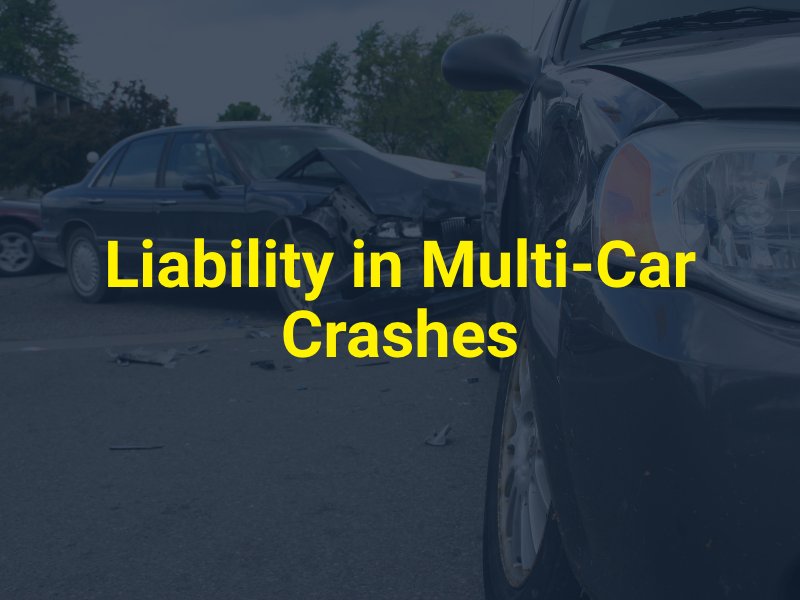Being involved in a car accident can be a confusing, stressful experience. Even if the initial shock has worn off, there are still legal issues to consider. When the accident involves multiple parties, it’s particularly difficult to determine who is at fault.
Determining fault is essential for assigning liability in car accident cases. To do this, an investigation is required. This usually includes the following:
Evidence such as photographs of the accident scene and damage to vehicles, witness statements, and traffic camera footage can be collected to help determine fault. In some cases, accident reconstruction experts might be brought in by lawyers to analyze the evidence and reconstruct the events leading up to the collision.
Insurance companies will typically conduct their own investigations as well. They will assign an adjuster to evaluate the evidence, interview the involved parties and witnesses, and review the police report. Each insurance company will determine the fault for their insured party based on their findings.
When an accident occurs, law enforcement officers are often dispatched to the scene to generate a report. This report may include an assessment of fault, which the officers determine based on their initial investigation. This report may be used as evidence by insurance companies and in legal proceedings.

Under Arizona’s pure comparative negligence rules, “each defendant is liable only for the amount of damages allocated to that defendant in direct proportion to that defendant’s percentage of fault.”
Therefore, if multiple drivers are involved in causing an accident, each will be allocated a percentage of fault and be responsible for paying that percentage of the damages.
If one party is determined to be 100% at fault, they would be solely responsible for any damages incurred as a result of the accident. On the other hand, if multiple parties are found to have contributed to the accident, they would share some responsibility; each will pay according to their percentage of fault.
Additionally, the victim could be partially at fault as well, which would reduce their compensation. Arizona law states: “…the claimant’s action is not barred but the full damages shall be reduced in proportion to the relative degree of the claimant’s fault which is a proximate cause of the injury or death. “
Whatever their percentage of fault is deemed to be, that’s how much their compensation will be reduced by.
In some cases, the parties can come to an agreement regarding who is at fault, or at the very least, agree to settle the case because it is easier and less expensive for everyone involved.
After the investigation, the attorney may send a demand letter to the defendant or their insurance company outlining the damages and requesting a specific settlement amount. This often leads to negotiations between the parties, and if they can agree on a settlement, the case may be resolved without going to court.
If the involved parties cannot agree on fault or if the insurance companies cannot reach a settlement, the case may proceed to court, where each party’s attorney will make arguments about who is responsible for the accident.
One way this is done is through a process known as discovery. In this stage, both parties exchange relevant information and evidence. This may include written questions (interrogatories), requests for documents, and depositions (sworn testimony from parties and witnesses).
If you need legal help after a car accident in Phoenix, Hastings & Hastings can help. Contact us today to schedule a free consultation.